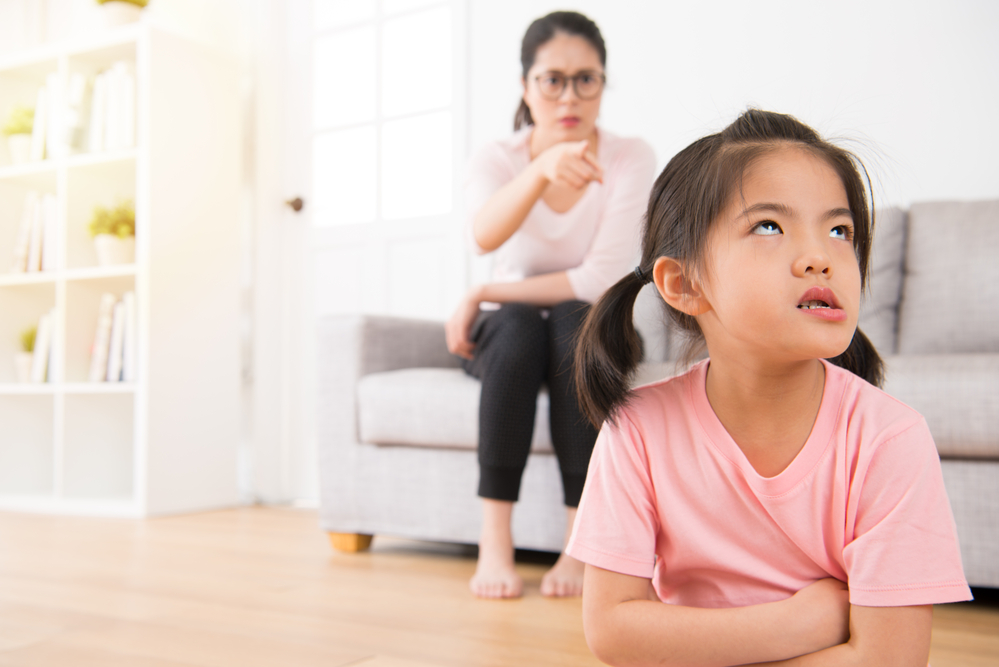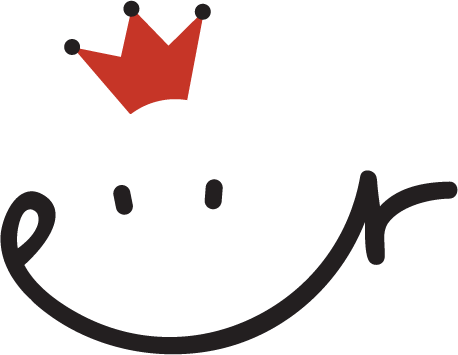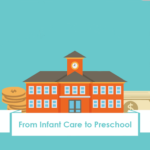ren
Managing expectations and learning to be aware of boundaries are necessary learning processes for your children to grow up to be balanced, well-adjusted adults. It develops the belief in your child’s mind that they are capable of doing the right things.
The importance of positive child discipline methods for your child’s development
Traditionally, techniques of how to discipline a child without yelling may not be the norm. Studies by early childhood experts have revealed the benefits to positive child discipline methods and how this affects a child’s development.
Reduce violent tendencies
Violent child discipline methods may propagate the idea that violence is the key to resolving problems. It can become a toxic way that your child defaults to for the rest of their lives. Positive child discipline methods on the other hand, promote addressing problems at deeper levels until you achieve a solution.
Improves ability to communicate and be respectful
Positive child discipline methods gradually improve your child’s communication skills over time and equip them with listening skills. Positive child discipline methods also tend to help your child learn how to be respectful towards others.
Teaches how to work through difficult feelings
Positive parenting discipline methods create a loving environment for your child to work through feelings that might be difficult for them at different phases of their lives.
How to discipline a child without yelling
Learning how to discipline a child without yelling may not come naturally, possibly due to how a parent was brought up personally.
Here are some of the ways you may consider incorporating positive parenting discipline methods for your children.
Prioritise quality time
Do not underestimate the power of filling up your child’s love tank sufficiently. Work on the quality of the time you spend with your child and provide your presence to guide your child in times of peace, so that you may be able to mitigate or even avoid your child’s feelings of being unsure and unguided.
Lead, not control
Instead of telling your child to “Behave” or “Stop” when they need guidance, show by example how your child can handle different situations in life. That way, they can model the same when it happens.
Redirect your child
Show your child alternative ways of handling situations or different ways of displaying their emotions. Choose those methods instead of punishing or yelling at them from the start.
Emphatise
As parents, we are familiar with the personalities and quirks of our children. Try putting yourself in your child’s shoes to imagine and emphathise with what your child might be going through. By doing this, you will be able to guide them in a loving way, rather than a punishing manner.
Demonstrate productive ways of gaining attention
If you like the idea of having your child understand that there are more ways than yelling to get attention, you can demonstrate the same in the way you discipline. Chances are, this would probably be the most common situation where they encounter conflict and the need to be heard.
Set loving limits
Explain to your children how certain limits you set are meant for loving them instead of setting these limits without explanation. Once your children understand that these limits are meant to protect and care for them, you may not need to discipline them in the first place.
Now that you have some idea of how to discipline a child without yelling, it can be communicated as a family goal. When all members of the family buy in to the common goal, you can work towards a respectful and loving family environment and also pass it on to benefit generations to come.























